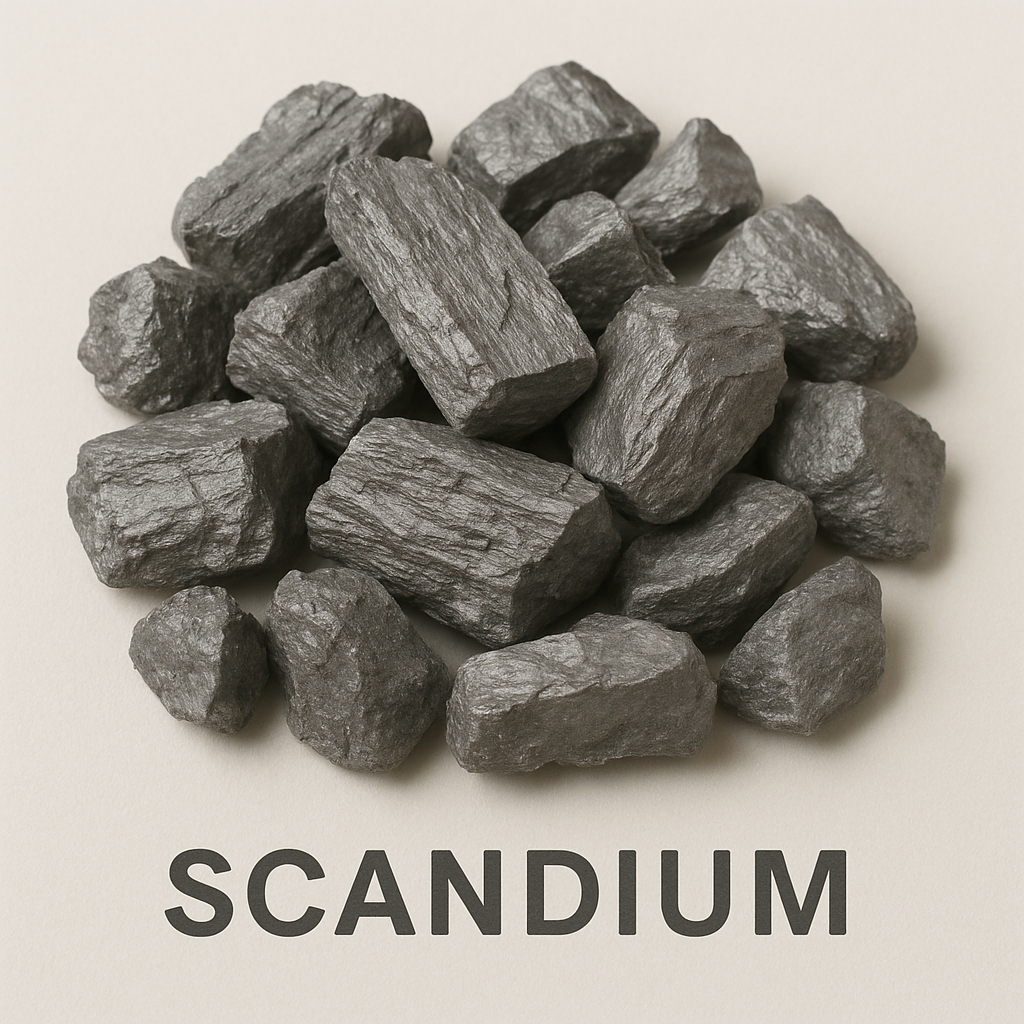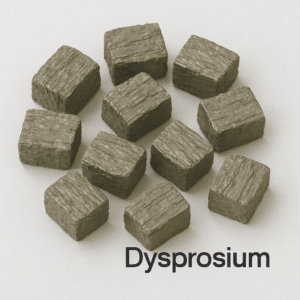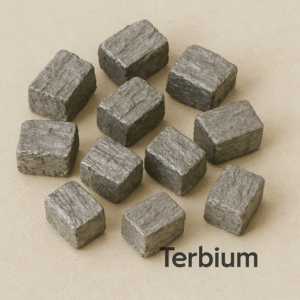Your cart is currently empty!
Scandium (Sc)
Basic Information Element Name: Scandium Symbol: Sc Atomic Number: 21 Atomic Weight: 44.96 Element Category: Transition Metal (Group 3), often grouped with Rare Earth Elements due to similar properties Standard State: Solid Appearance: Silvery-white, lightweight, and soft metal Chemical and Physical Properties Density: 2.985 g/cm³ Melting Point: 1,541 °C (2,806 °F) Boiling Point: 2,836 °C (5,137 °F) Electronegativity (Pauling […]
Description
Basic Information
-
Element Name: Scandium
-
Symbol: Sc
-
Atomic Number: 21
-
Atomic Weight: 44.96
-
Element Category: Transition Metal (Group 3), often grouped with Rare Earth Elements due to similar properties
-
Standard State: Solid
-
Appearance: Silvery-white, lightweight, and soft metal
Chemical and Physical Properties
-
Density: 2.985 g/cm³
-
Melting Point: 1,541 °C (2,806 °F)
-
Boiling Point: 2,836 °C (5,137 °F)
-
Electronegativity (Pauling scale): 1.36
-
Oxidation State: +3 (dominant)
-
Magnetism: Paramagnetic
-
Reactivity: Readily forms oxide layer in air; reacts with water and acids
Storage and Stability
Scandium is relatively reactive, forming a yellowish or pink oxide layer when exposed to air. For storage, it is typically kept in sealed containers or under oil or inert atmosphere. It is non-toxic and environmentally stable in small quantities.
Occurrence and Extraction
-
Scandium is a relatively rare element in Earth’s crust, not found in concentrated ores
-
Occurs in trace amounts in thortveitite, euxenite, monazite, bauxite, and as a byproduct of uranium or titanium production
-
Extraction is complex and costly, requiring advanced solvent extraction, ion-exchange, or hydrometallurgical techniques
Isotopes
-
Naturally occurring scandium is mono-isotopic, consisting of only Sc-45
-
Several radioactive isotopes exist, but are primarily used in research
Key Applications
1. Aerospace and High-Strength Alloys
-
Scandium–aluminum alloys (Al-Sc) significantly enhance:
-
Strength-to-weight ratio
-
Weldability
-
Fatigue resistance
-
-
Used in:
-
Aerospace components (e.g., aircraft frames)
-
Missile systems
-
Sports equipment (e.g., baseball bats, bicycle frames)
-
2. Solid Oxide Fuel Cells (SOFCs)
-
Sc₂O₃ (scandium oxide) is used as a stabilizer for zirconia electrolytes, improving conductivity and thermal stability
-
Ideal for stationary energy systems and distributed power generation
-
3. Lighting and Optics
-
Scandium iodide is used in metal-halide lamps to produce light similar to natural sunlight
-
Applications include:
-
Film and television lighting
-
Stadium floodlights
-
High-intensity lamps for industrial use
-
-
4. 3D Printing and Advanced Manufacturing
-
Scandium-containing alloys are gaining use in additive manufacturing (AM)
-
Offers fine grain structure, high thermal performance, and ideal for complex, high-strength parts
-
5. Electronics and Ceramics
-
Scandium oxide is used in:
-
Electronic ceramics
-
Piezoelectric devices
-
Lasers and sensors
-
Strategic and Industrial Relevance
-
Scandium is classified as a critical material due to:
-
High value in lightweight alloys and clean energy
-
Limited global supply and production capacity
-
-
Global production is extremely limited (<50 tons/year), with Russia, China, Ukraine, and Australia being key players
-
Emerging demand in green aviation, hydrogen fuel, and EV applications
Interesting Facts
-
Discovered in 1879 by Swedish chemist Lars Fredrik Nilson
-
Named after Scandinavia
-
Though abundant in trace amounts, economic deposits are rare
-
A small addition of 0.1%–0.5% Scandium to aluminum dramatically improves alloy performance
-
The price of scandium is among the highest for rare earths due to its strategic value and rarity
Additional information
| Weight | 1 lbs |
|---|---|
| Dimensions | 1 × 1 × 1 in |
| Weight | 100G |
-
Cerium (Ce)
$257.00 -
Dysprosium (Dy)
$670.00 -
Erbium (Er)
$174.00 -
Europium (Eu)
$1,550.00 -
Gadolinium (Gd)
$106.00






